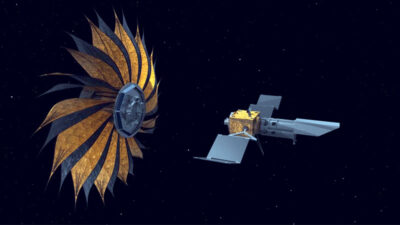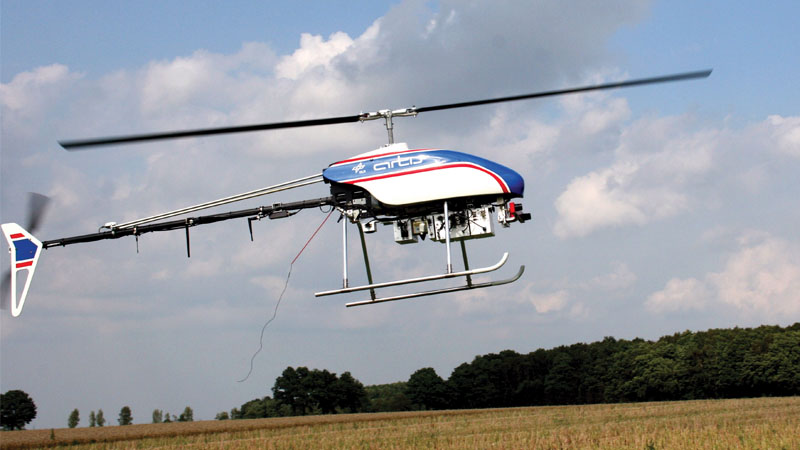Advances in ultra-short laser pulse technology
By Michael D. White, David L. Carroll and Joseph W. Zimmerman|December 2017
The Plasmadynamics and Lasers Technical Committee works to apply the physical properties and dynamic behavior of plasmas to aeronautics, astronautics and energy.
Researchers at the University of Oxford reported in July the first experimental demonstration of a multipulse laser wakefield acceleration with a structure that is long compared to the plasma period and avoids the relativistic saturation that occurs with the similar plasma beat-wave accelerators. They found that if the pulses are separated by the wavelength associated with the natural radiating frequency of the plasma, then the pulses add coherently, resulting in an amplitude growth at the back of the pulse train. This technology could lead to very compact, efficient plasma particle accelerators potentially operating at pulse rates significantly higher than existing ones.
In another development of ultra-short laser pulse technology, researchers at Colorado State University reported in August having developed a novel laser ignition technique using the short pulses at different wavelengths separated by 15 nanoseconds. The first ultraviolet pulse at 266 nanometers generates a pre-ionized region. This is followed by a near-infrared pulse at 1,064 nm, resulting in the pre-ionized seed electrons generating an electron avalanche process. The resulting technique allows for decreased laser energy requirements while increasing combustion efficiency.
Researchers at the University of Illinois at Urbana-Champaign, or UIUC, and with Champaign-based CU Aerospace, or CUA, in early 2017 wrapped up work on microwave plasma-assisted combustion in methane-air mixtures at atmospheric pressure, merging advanced optical diagnostics techniques and multiphysics simulation studies. Experiments combining acoustics measurements and proper orthogonal decomposition analyses of hydroxide fluorescence revealed the impact of microwave energy on the flame behavior. A 43 percent decrease in fuel-to-air limit was shown with microwave power deposition around 60 watts — less than 5 percent of the combustion power. Heat-release fluctuations were significantly reduced, establishing improved mean energy content up to 23 percent; root-mean-square pressure fluctuations were reduced by up to 47 percent.
Another UIUC-CUA team demonstrated an innovative plasma flow control actuator that produces a high-voltage plasma arc positioned within the field of a strong ring magnet. Similar in concept to microwave-generating cyclotrons, the cyclotronic plasma actuator serves as a controllable vortex generator that can be enabled or disabled on demand in boundary layer flows when the coaxial arrangement is embedded in an aerodynamic surface, thereby alleviating turbulent flow separation (e.g., during takeoff and landing). It also does not produce parasitic drag during high-speed cruise. Compared to traditional dielectric barrier discharge actuators, the cyclotronic plasma actuator may add more energy into the plasma, improving actuator authority and effectiveness.
Researchers at Xi’an Jiaotong University in China demonstrated the ability to control the interaction between a supersonic shock wave and boundary layer by introducing an array of plasma actuators. A fraction of a millisecond after activation, the researchers demonstrated a significantly weakened shock wave and reduced unsteadiness in a ramp configuration.
The researchers behind an international collaboration between the Electrofluidsystems Ingenieurbüro Göksel in Berlin and St. Petersburg State University in Russia in April published information they presented in 2016 on how they adapted a design originally meant for fusion to create a breakthrough magneto-plasma propulsion system. The design works at 1 atmosphere and could have a thrust-to-area ratio competitive with modern jet engines when driven at a kilohertz pulse rate.



































